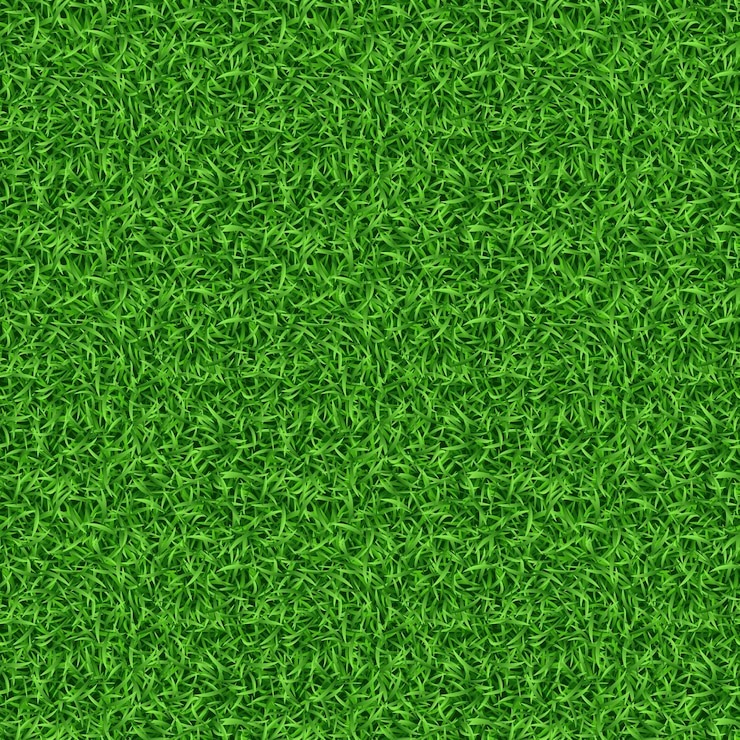Exploring the Pros and Cons of Various Types of Turf for Your Landscape

When considering turf installation for your landscape, it’s essential to understand the different types of turf available and their specific advantages and disadvantages. This guide will walk you through the main types of turf you can choose from, ensuring your turf installation decision is well-informed. We’ll explore natural grass, artificial turf, and hybrid systems, helping you select the best option for your needs.
Natural Grass Turf
Pros:
- Eco-Friendly: Natural grass helps produce oxygen, making it an environmentally friendly choice.
- Cooling Effect: It has a natural cooling effect, which can reduce temperatures in your landscape area.
- Aesthetic Appeal: Offers a classic, timeless look with its vibrant green colour and natural texture.
Cons:
- Maintenance: Requires regular mowing, watering, and fertilising, which can be time-consuming and costly.
- Water Usage: High water consumption is a significant drawback, especially in areas with water scarcity.
- Pest and Disease: Prone to pests and diseases, which may require chemical treatments.
Artificial Turf
Pros:
- Low Maintenance: Artificial turf eliminates the need for mowing, watering, and fertilising, saving time and money.
- Durability: It’s highly durable and can withstand heavy use without wear and tear, making it ideal for high-traffic areas.
- Water Conservation: A great option for conserving water, as it requires no irrigation.
Cons:
- Heat Absorption: Can get very hot in direct sunlight, potentially causing discomfort during warm months.
- Environmental Impact: Made from synthetic materials, which can be less eco-friendly compared to natural grass.
- Cost: The initial installation cost can be high, although it may save money in the long run due to low maintenance needs.
Hybrid Systems
Pros:
- Durability and Natural Look: Combines the durability of artificial turf with the natural appearance of real grass.
- Reduced Maintenance: Requires less maintenance than natural grass but keeps some of its benefits, like cooling effects and natural feel.
- Eco-Friendly: Uses less water than natural grass and can be more environmentally friendly than fully synthetic options.
Cons:
- Complexity: Installation and maintenance of hybrid systems can be more complex than choosing one type of turf.
- Cost: Might be more expensive due to the combination of materials and technologies used.
- Limited Availability: Not as widely available as purely natural or artificial options, which could limit your choices.
Choosing the right type of turf for your landscape requires considering various factors, including maintenance, cost, environmental impact, and the specific needs of your area. Whether you prefer the natural beauty of grass, the convenience of artificial turf, or the best of both worlds with a hybrid system, ensure your turf installation choice aligns with your lifestyle and environmental values. By weighing these pros and cons, you can create a beautiful, functional outdoor space that meets your needs and enhances your property’s appeal.




